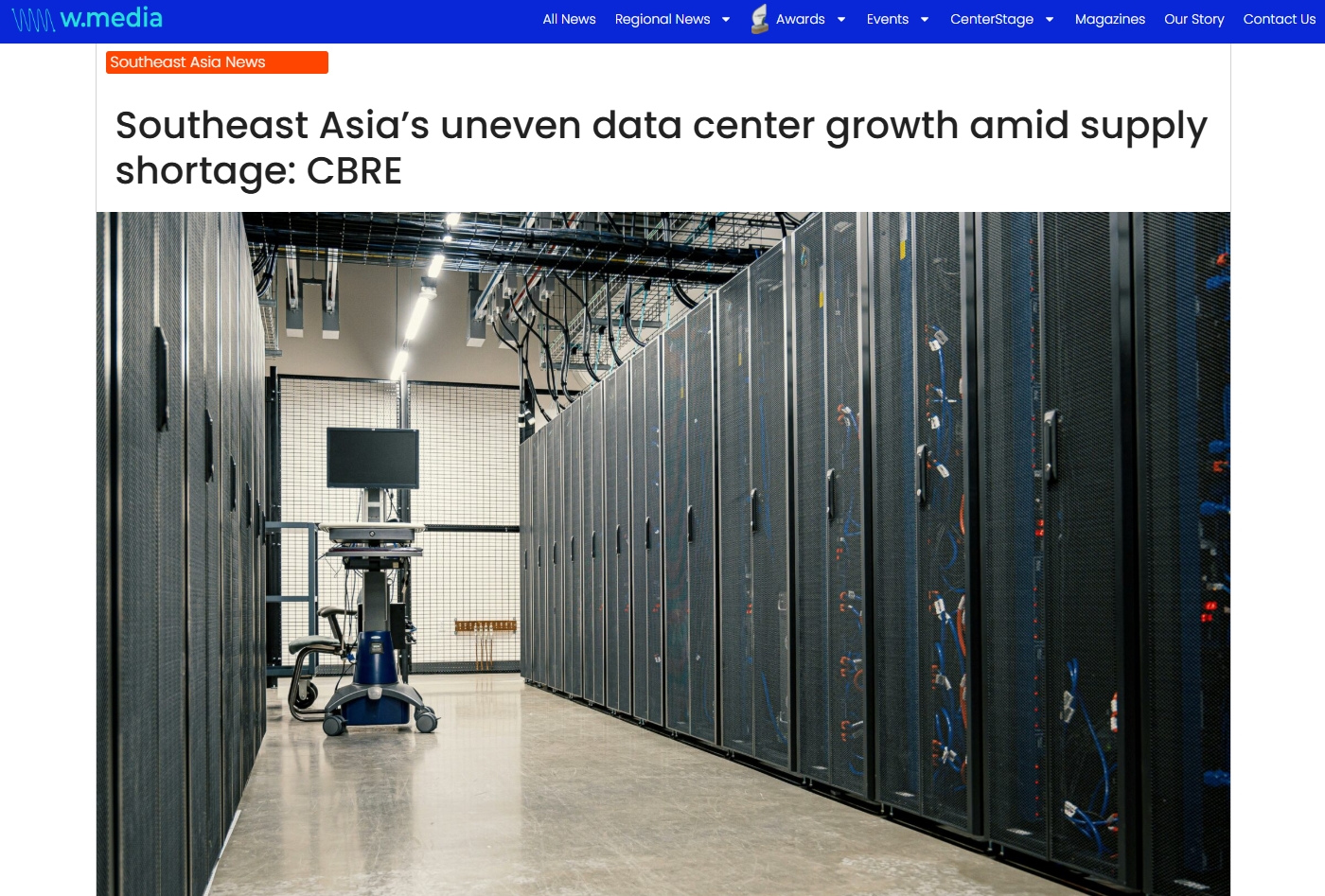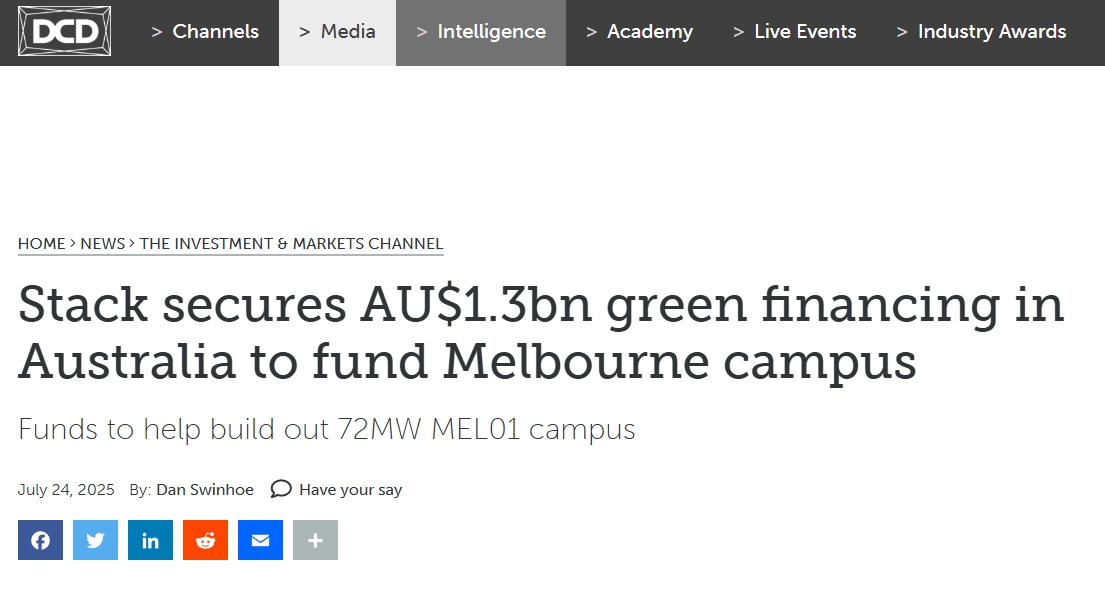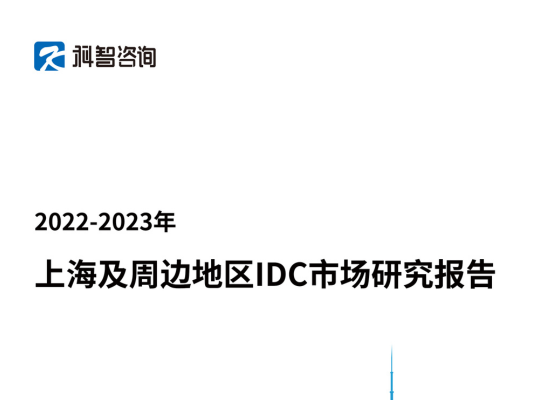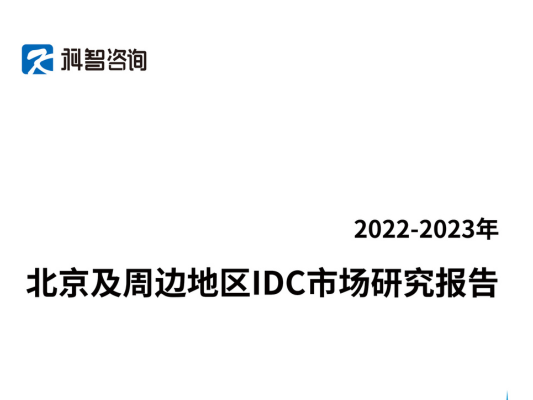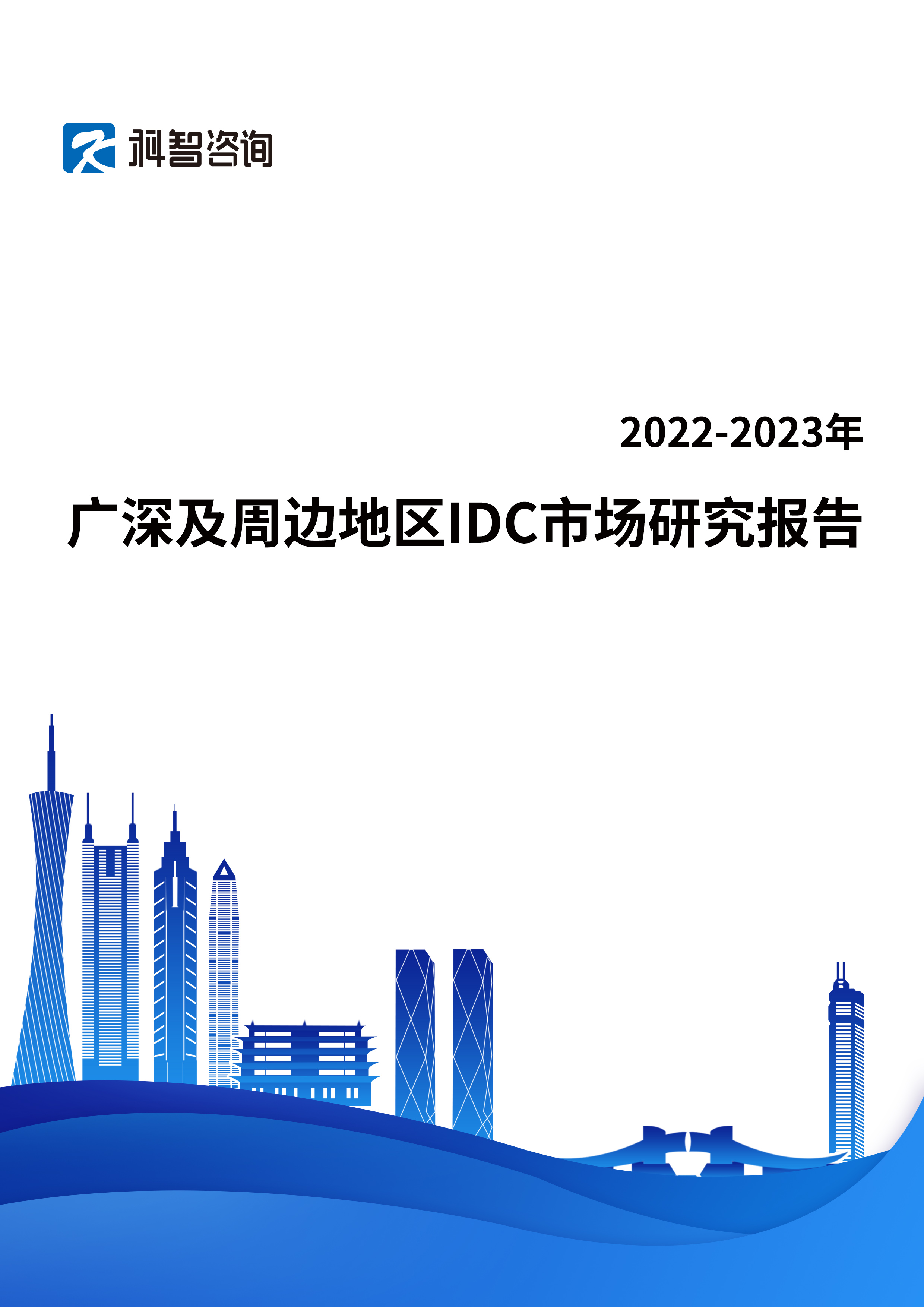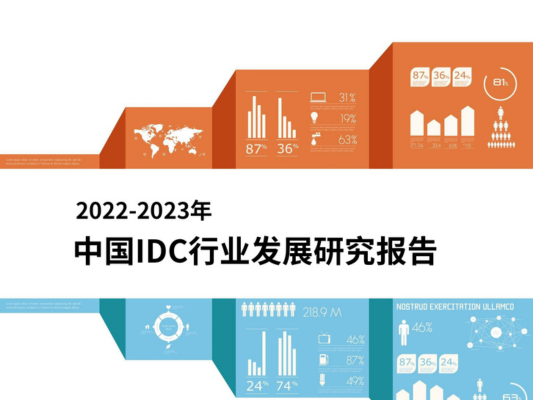Asia Pacific will see a supply shortage of around 15 to 25GW by 2027 / 2028, based on potential regional demand of 45-55GW, according to CBRE’s Asia Pacific Trends and Opportunities Report published recently. However, the pipeline will strengthen following a wave of supply due to come onstream in the next six to 12 months.
Data from DC Byte shows there was about 13.3 GW of operational data centre capacity in Asia Pacific as of end-May 2025, including enterprise-owned data centres for self-use and colocation assets operated by professional service providers. Live capacity is forecasted to increase to around 30 GW within the next two to three years.
Southeast Asia Key Markets
Malaysia
Malaysia has the biggest pipeline in emerging Southeast Asia, mainly due to Johor attracting spillover demand from Singapore. Demand is more balanced between Kuala Lumpur and Johor compared to two years ago. Kuala Lumpur and Cyberjaya are attracting domestic enterprise and government usage while Johor is catering to spillover demand from Singapore, however, Johor is expected to see delays to new completions in the next 24 – 36 months as power infrastructure has failed to catch up with the growth in investment demand.
Thailand
Thailand is an emerging hotspot for hyperscale cloud companies and data centre operators, with upcoming projects concentrated in Chonburi and the Eastern Economic Corridor (EEC). Operational capacity in Thailand increased by about 80% in 2024, with significant levels of landbank opportunities still available. Development growth within this market should continue to be substantial in the coming years. Demand in Thailand is being led by data center operators as investors are subject to foreign ownership restrictions. Bang Na (Greater Bangkok) serves as the hotspot for collocation operators while Eastern Economic Corridor (EEC) will have more campus facilities.
Indonesia
Investment demand in Indonesia is quite soft with some shadow capacity outside metro Jakarta waiting to be filled. However, demand in downtown Jakarta is robust with local enterprises looking for sites near the carrier exchange. The Greater Jakarta area has seen leasing take-up, but supply considerations are top of mind.
Vietnam
Overseas investment interest in Vietnam remains at a nascent stage as restrictions on foreign ownership were only lifted in mid-2024. The majority of data center supply in Vietnam is owned by domestic telecom firms. The removal of the foreign ownership cap in July 2024 is expected to spur investment demand in the medium term.
Singapore
Given strong demand and supply constraints, local data centre utilisation is high, which could exert further upward pressure on rental rates. Amid limited opportunities, investors and operators looking to expand in Southeast Asia will continue to explore nearby markets, especially those in proximity such as Malaysia (Johor) and Thailand. New supply remains limited in Singapore. Despite the government’s pledge to add 300MW more data centre capacity to accommodate Al development, availability will remain one of the tightest globally in the near term due to concerns regarding power consumption. With limited vacancy in Singapore, collocation users have begun to explore nearby markets, primarily Johor which is quickly becoming a key supporter. While Singapore’s collocation price is about 2 to 3 times higher than Johor, demand for capacity in Singapore is still strong due to its location and better infrastructure.
Data center supply in Singapore will remain tight with continued regulatory restrictions in place. New stock may not come to the market until 2028. In anticipation of this new supply, operators are preparing their bid strategies, focusing on sustainable design and renewable energy sourcing. The Singapore government will continue to make sustainability a top priority for new data center developments. Designs with sustainable aspects and renewable energy sourcing will therefore be favoured to win bids once capacity is released.
The proliferation of AI is already underway with increased penetration set to be driven by stronger government funding as well as enterprise adoption.
Key Asia Pacific regional trends include:
Investor confidence in data centres is expected to strengthen over the remainder of the decade. Strong demand and solid underlying fundamentals fuelled by AI and cloud services growth will provide a robust foundation for investors to build scale within the Asia Pacific data centre market.
Yield stability will continue to drive institutional investment into the sector, with investors drawn to steady cash flows and attractive risk-adjusted yields. Data centres offer some of the most attractive income streams in the current landscape, with the lengthy lease tenures and strong credit covenants viewed as especially attractive by investors.
With many existing data centres along with numerous schemes due to come on stream in the near term built and designed in the pre-AI era, there is projected to be a severe shortage of AI-ready data centre space within the next few years.
Insufficient power supply, elevated construction costs and supply chain constraints continue to be challenges for data centre development.

